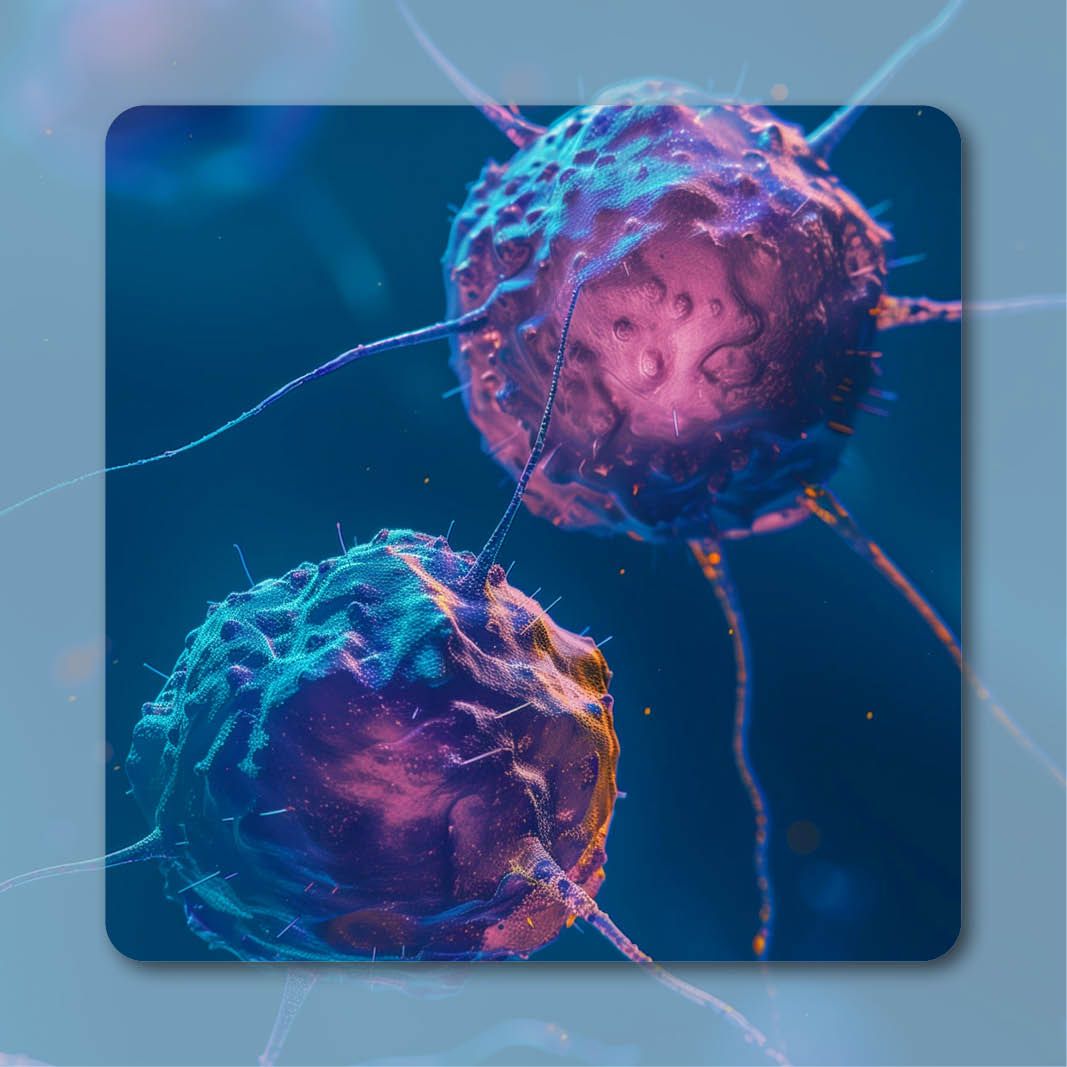Commentary
Article
Multidisciplinary- and Precision-Based Approaches Enhance Treatment in NSCLC
Author(s):
Eric Vallieres, MD, FRCSC, discussed recent advancements in surgical oncology regarding the treatment of patients with non–small cell lung cancer (NSCLC)
Eric Vallieres, MD, FRCSC

Eric Vallieres, MD, FRCSC, a surgical oncologist and the medical director of the Division of Thoracic Surgery at the Swedish Medical Center in Seattle, Washington, discussed recent advancements in the world of surgical oncology regarding the treatment of patients with non–small cell lung cancer (NSCLC) in an interview with OncLive®. With a particular focus on the importance of a multidisciplinary approach in treating patients, he advocated for tumor board review before deciding on treatment modalities and highlighted the importance of assessing the presence of any actionable driver mutations in NSCLC.
“It is important for [physicians] who are using an induction chemoimmunotherapy approach to rule out the presence of a driver mutation before [starting] patients on [treatment],” Vallieres noted. “If someone received 3 or 4 cycles of a chemoimmunotherapy regimen up-front and they have a near complete response at surgery, do we need to continue [treatment] for another year with those agents? That [is a question that] will have to be answered.”
Vallieres discussed additional key considerations in this arena, expanding on the transitioning role of surgery in conjunction with perioperative chemoimmunotherapy in NSCLC in another interview with OncLive following an OncLive State of the Science Summit™, which he co-chaired.
OncLive: As a surgical oncologist, how do you approach patients from a multidisciplinary perspective when determining a treatment course?
Vallieres: All patients need to be presented at our tumor board before decisions are made. For the peripheral, smaller cancers, we’re going to go to surgery, find out what the final path is, and we’ll present [their case] after surgery. However, patients [who] we’re thinking of combining another modality [of treatment for] need to be presented at our tumor board.
We have a weekly tumor board every Friday morning where patient [cases] are reviewed, and that’s where we make those decisions as a team. Similarly, I would appreciate if the other specialties would [include me] if they have a patient they think will be sent to surgery after induction chemoimmunotherapy—the surgeon [should] be involved at the beginning of those discussions. It’s a team [effort], and the entire team has to be present at the beginning.
Occasionally, we’ll get a phone call from a patient who is not local and was treated elsewhere and will say, ‘I finished my chemoimmunotherapy; [should we] do surgery now?’ Although I won’t say no, I would have liked to be involved up-front with those patients’ decision-making even though [they may be] far away.
As a surgeon, how do you approach the evolving treatment paradigm for patients with NSCLC?
It’s a lot more complicated than it once was, which is a good thing; patients who are potential candidates for chemoimmunotherapy need to get a biopsy. [Speaking from personal experience], I previously met with a patient with a 35-mm [tumor] that was resectable via lobectomy. I would want [to give] induction chemoimmunotherapy [in this case]; however, my oncologist had a different opinion because [the tumor was] 35 mm, not 40 mm. Then I needed a biopsy to ensure she didn’t have a driver mutation because if she did, she would not be treated with chemoimmunotherapy; we would go to surgery first and then, if needed, treatment with adjuvant EGFR TKIs [would occur].
[This vast landscape creates] a bit more work to do and [we need] to get more information. The EGFR [mutation tests] take a good 2 weeks to get back, though we get the ALK/ROS [mutation test results back] immediately and the PD-L1 [test results] very soon. However, the EGFR mutation test, which is a key one that we want to get, takes time. For patients, there is anxiety there because we’re waiting and then have to make decisions. This is the way it’s evolving, and we must make those decisions based on the information [from genetic tests].
Another thing that’s changed is that if we identify an EGFR mutation or an ALK mutation up-front—even though a patient may not have N1 disease—if their tumor is sizable, I will get brain imaging, which I don’t get for smaller tumors that are N0 routinely. That’s another [consideration]. Now, the question is if we are going to do induction [therapy with] EGFR TKIs in the future. Right now, we’re not, but the [phase 3] NeoADAURA trial [NCT04351555] has completed accrual and we’re waiting on some results—that may change how we [treat patients] as well.








